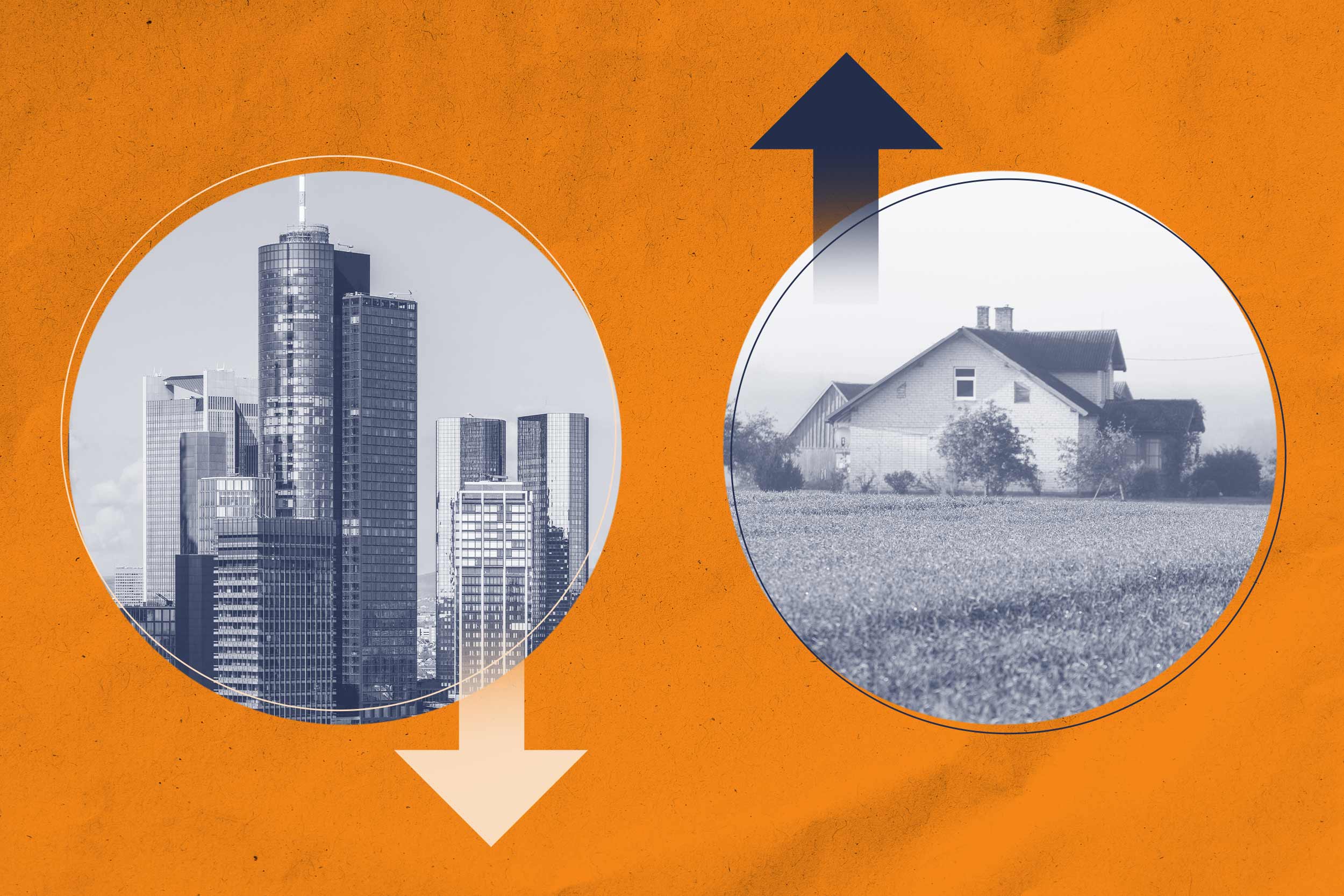A post-pandemic persistence of employees working from home is fueling the continuing population shift to rural counties on the outskirts of the state’s metropolitan areas, according to 2023 Virginia county and city population estimates released Monday by the University of Virginia’s Weldon Cooper Center for Public Service.
The exodus seems to be connected to the increase in workers who spend at least some portions of their workweeks toiling at home.
“The explosion in remote work during the pandemic and its persistence since then is shaping up to be the most impactful demographic trend since expansion of suburbs and exurbs after World War II,” said Hamilton Lombard, estimates program manager for the Demographics Research Group at the Weldon Cooper Center.
“Over the past century, most population growth was concentrated within commuting distance of major employment centers, such as Washington, D.C.,” he said. “The large amount of work now done remotely – a third of all workdays in 2023 – is helping shift growth much further away from major employment centers.”
But while figures show people moving from Northern Virginia and other urban centers, high mortality rates related to the pandemic and a historically aging population are masking the influx of new residents in nearly 75% of Virginia’s rural counties, the study shows.
Middlesex County, located on the Rappahannock River and Chesapeake Bay, has attracted new residents at a similar rate as Frederick County, one of the state’s fastest-growing counties. But the study shows Middlesex’s population has only grown 1% since 2020 because it had more deaths than births and migrants.










